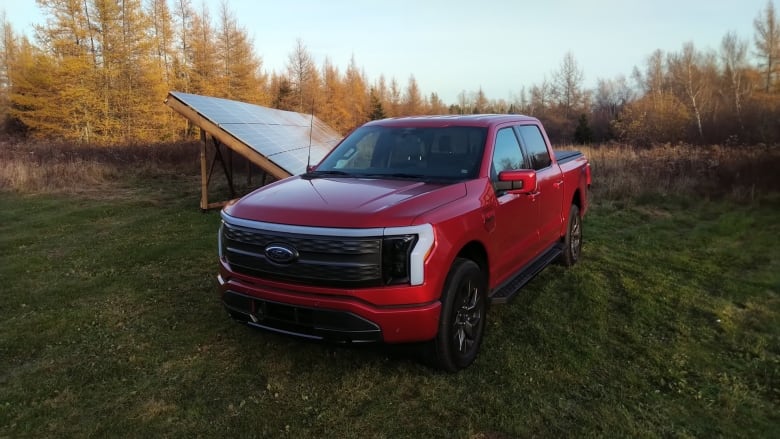Light Up 2024 with Solar Power Store’s Amazing New Bifacial Solar Panels – Double the Power, Double the Impact!
Welcome to the Future of Solar Energy with Power My Home and Energy Economics!
If you’ve been exploring new solar panels, you’re in the right place. In our pursuit of staying ahead in the game and ensuring a lifetime assurance for your purchases, we are thrilled to introduce you to our latest innovation: the Bifacial Solar Panel. As we step into the new year of 2024, let’s embark on a journey to discover the incredible potential and advantages of these cutting-edge solar panels brought to you by Power My Home and Energy Economics.
Unlocking the Power of Bifacial Solar Panels:
So, what sets apart the Bifacial Solar Panel? It’s simple—they capture sunlight from both sides, doubling their efficiency and impact. Today, let’s delve into the intricacies of these panels, exploring their effectiveness, advantages, costs, installation tips, and more.
Understanding Bifacial Solar Panels:
A Bifacial solar panel is designed with photovoltaic cells that capture sunlight from both the front and back sides, utilizing reflected light from the ground or other surfaces. Unlike traditional monofacial solar panels, which capture sunlight from only one side, Bifacial Solar Panels can achieve an efficiency boost of up to 30%. This unique feature allows them to harness additional solar energy, especially in environments with reflective surfaces like snow, water, or light-colored terrain.
Harvesting Reflected Light:
Sunlight contains the power of reflection off various substances and surfaces, including ground surfaces. Bifacial cells capture this reflected light, a phenomenon referred to as “Albedo.” This makes Bifacial Solar Panels particularly effective in environments with reflective surfaces, enhancing their efficiency in capturing sunlight.
Types of Bifacial Solar Panels:
- Glass-Glass: Exceptional strength and resistance to heavy loads.
- Glass-Transparent Back sheet: Efficient bifacial operation with a more cost-effective approach.
- Glass-Back sheet: A good balance between efficiency and affordability.
Advantages of Bifacial Solar Panels:
- Generate 30% more power with dual-sided efficiency.
- Ideal for ground installations, outperforming rooftop installations.
- Durability in harsh weather conditions, especially double glass panels.
- Cost-effective when used in tracking systems, cutting costs by up to 16%.
- Versatile for various installations, including glass-covered structures.
Disadvantages of Bifacial Solar Panels:
- Higher initial costs due to increased manufacturing materials.
- Not suitable for shaded or non-reflective areas.
- Heavier than regular panels, complicating handling and adjustment.
Installation Considerations:
- Ground-mounting: Ideal for maximizing reflection from various surfaces.
- Roof-tops mounting: Less efficient on rooftops due to shading limitations.
- Floating: Suitable for water surfaces, enhancing overall energy generation.
Expenses of Installing Bifacial Solar Panels:
While Bifacial Solar Panels come with a slightly higher price tag compared to monofacial panels, their enhanced energy production often balances out the additional upfront cost. Generally, expect a bifacial panel to be priced approximately 10 to 20 cents per watt more than its monofacial counterpart.
Cell Structures of Bifacial Solar Panels:
Several cell structures, including PERT, PERL, PERC, IBC, and HIT, offer varying efficiencies and bifacial capabilities. Choose the one that best suits your energy needs.
Effectiveness for Rooftops:
Bifacial Solar Panels are less efficient on rooftops due to shading limitations. Optimal functionality requires substantial space to prevent shading and facilitate effective absorption of reflected light.
Mounting Procedures:
- Ground-mounting: Offers versatility for capturing light from various angles.
- Roof-tops mounting: Requires fine-tuning of positioning and tilt for optimal absorption.
- Floating: Suitable for water surfaces, enhancing overall energy generation.
Installation Tips:
- Organize spaces under bifacial panels to minimize shadowing.
- Maintain a minimum height of 101cm above the ground, as per IEEE recommendations.
- Ensure the strength of mounting systems for proper support.
- Opt for vertical alignment to reduce back panel blockage and aid in snow removal.
- Consult a solar expert for the best bifacial panel height.
As we step into 2024, let’s embrace the future of solar energy with Power My Home and Energy Economics’ Bifacial Solar Panels. Double the power, double the impact—because a brighter, sustainable future starts with innovation.
Light up your world with Power My Home and Energy Economics! Visit www.powermyhome.ca











